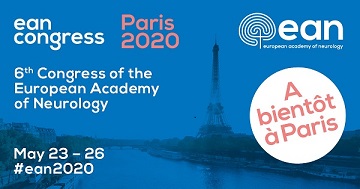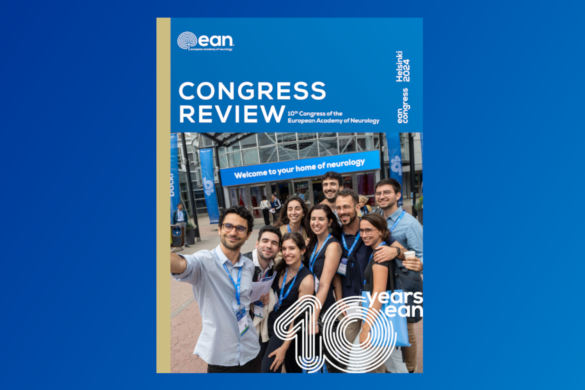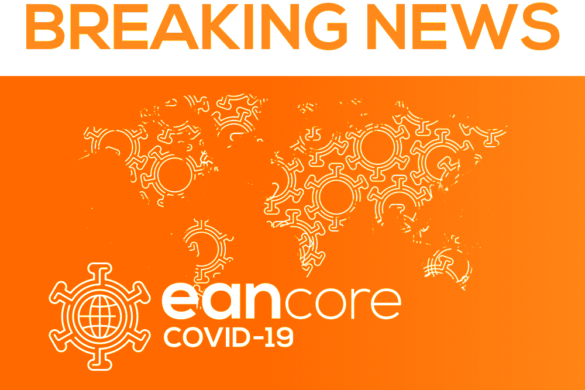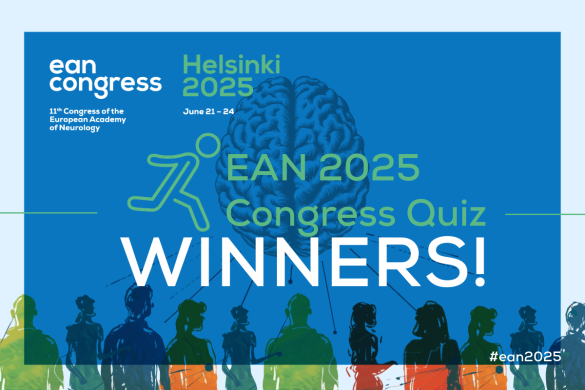Symposium 8: Advances in molecular characterization and personalized therapies in brain tumors
Tuesday June 19, 2018
By Matthijs van der Meulen
Chairpersons:
- Soffietti, Turin, Italy
- Oberndorfer, Pölten, Austria
Targeting the immune cells or glial cells in glioblastoma: the new question
- Weller, Zürich, Switzerland
Subependymal giant cell astrocytoma (SEGA): a model of targeting tumor growth and seizures
- Ducray, Lyon, France
Specific inhibitors of molecular pathways in brain metastases: from improved response to improved survival
- Soffietti, Turin, Italy
New molecular subtypes of medulloblastoma and ependymomas: different outcome and treatment options
- Pfister, Heidelberg, Germany
Prof. Weller talked about targeting immune cells in glioblastoma (GBM). The prognosis of GBM patients has increased after the introduction of concomitant treatment of chemotherapy and radiation. However, new treatments remain warranted to further improve prognosis in this highly aggressive tumor. In systemic tumors, immune therapy turned out to be very effective (e.g. anti PD1). In GBM patients, various immune therapy has been tested. Unfortunately, transforming growth factor (TGF-β), PD-L-1 or CTLA-4 did not improve outcome in these patients. Vaccination therapy, targeting mRNA stimulation or the epidermal growth factor receptor (EGFR) receptor, remains to be tested. We are looking forward to the results of possible new treatments in for these patients.
Prof. Ducray took us to a model to targeting tumor growth and attacking seizures in SEGA’s (subependymal giant cell astrocytoma). In Tuberous Sclerosis everolimus has showed to be very effective in decreasing seizure rate and in reducing the size of tumors in these patients. This was due to the effect on the mTOR pathway. In SEGA patients, they explored the effect of everolimus and this showed an enormous effect with respect to tumor size and tumor related epilepsy. Additionally, its effect in IDH mutant gliomas and glioneuronal tumors might be promising as well.
Prof. Soffietti spoke about treating brain metastasis. This topic became more and more important because many oncology patients develop brain metastasis, in melanoma patients even up to 40%. In these patients, BRAF inhibitors have significantly improved prognosis (overall survival; OS). In NSCLC patients with brain metastasis and/ or leptomeningeal metastasis, ALK and EGFR inhibitors have showed an enormous effect on both tumor size and prognosis. Despite these promising effects there is an increased risk of radionecrosis and the emergence of resistance in these patients treated with these new therapies. We cannot rely on the molecular profile of the primary tumor, because in brain metastasis the profile can be very different from the primary tumor. We need trials in which we specifically treat brain metastasis, based on their molecular basis.
Prof. Pfister talked about ependymoma and medulloblastoma in children and adults. He highlighted the large intra individual differences between patients. Based on classical histology classification we cannot explain these differences. If we take a closer look, on the molecular profile of the tumors we see enormous differences, with respect to demographic features, clinical presentation and prognosis. For instance, the WNT typed patients has a 100% 5-year OS, but the Grp3 Medulloblastoma patients has a 40% 5-year OS. In a mouse model, in which an ependymoma in the skin was treated by an LSD1 inhibitor, it showed a good effect. Although this can be very promising in human, so far we have not been able to let this drug pass the blood brain barrier.
By Matthijs van der Meulen













